
Cooling Tower Controllers: Options and Capabilities
Installing proper feed and control equipment is critical for maintaining a scale- and corrosion-free environment, as well as maintaining safe bacteria levels.
Cooling tower controllers have virtually endless potential combinations of technology, communication and metering capabilities…far too many to list or explain here. Therefore, we’ll broadly discuss some of these capabilities and encourage you to pursue them further with your Chemtex rep.

Metering – What Data Should My Controller Be Checking?
Both feed forward and feedback data play a role.
The controller could be taking input from water meters and using it to track and use mass balances for control. This is feed forward control, it essentially recognizes the needs of the system as flow increases and decreases and adjusts inhibitor feed and blowdown accordingly.
Then there’s feedback control. Signals are collected and monitored from sensors. Cooling tower controllers can monitor anything from conductivity and pH to ORP (oxidation reduction potential) and inhibitor, depending on what information you are looking to control.
Controller base models will monitor conductivity and flow. This enables the controller to bleed towers to prevent over-saturation as well as to determine when the tower is offline and thereby prevent dosing treatment to a stagnant system. With these controllers, treatment feed is done either with post bleed, percentage of time, or dosed per contact from a water meter.
Upgraded controllers can monitor actual chemical treatment levels in real time. Scale and corrosion inhibitors can be monitored using in-line fluorimeters, and biocides can be fed using ORP and or time. These upgrades improve treatment accuracy, prevent swings in protection, reduce chemical treatment consumption and can save plants costly repairs.
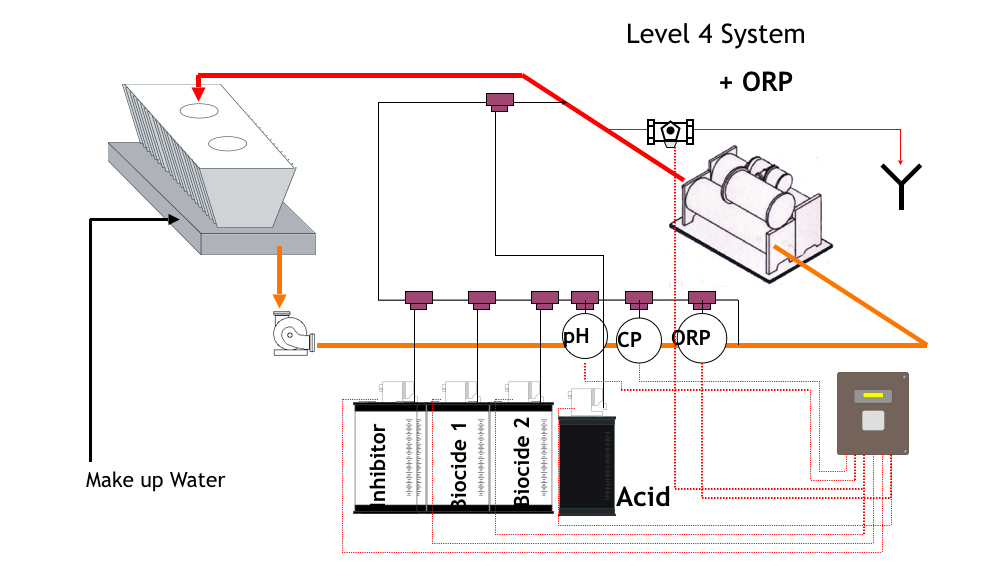
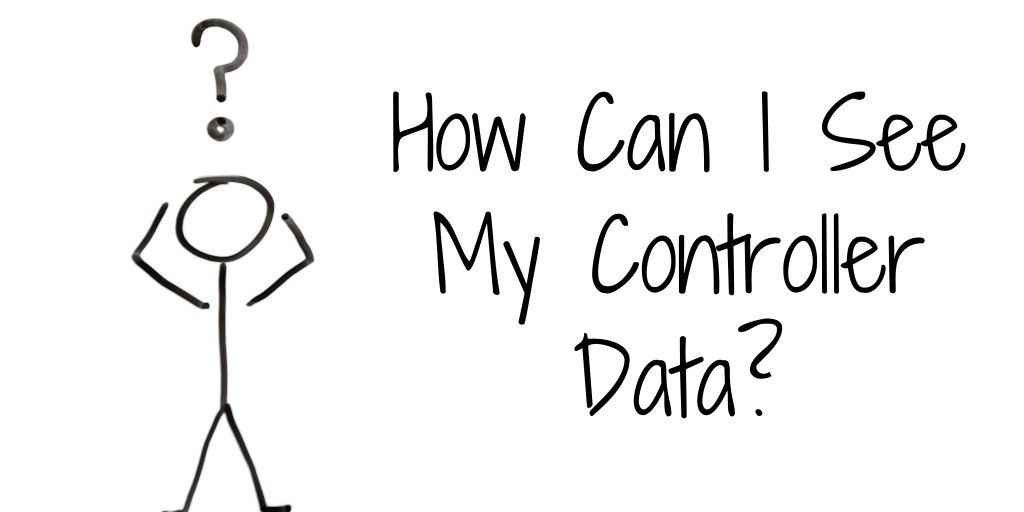
Communication – How Can I See My Controller Data?
Like metering, controllers can be monitored and manipulated on multiple levels, and recent technological upgrades have given operators even more freedom to take control of their systems.
Base levels of control limit observation to the controller itself, though technological and design improvements have made working with the controller much more user friendly “at the box.”
Upgraded network communication protocol options include BACnet and Modbus, depending on the site’s current BMS (building management system). This allows cooling tower controller data to funnel into the BMS so the operator can observe how their tower is running in the central hub of the building. The controller can also send out alarms to the BMS using this capability.
Wireless Monitors
In addition to communicating with building management systems, controllers can implement wireless cellular modems that send out fully contained signals that are completely separate and non-invasive to the operator’s potentially sensitive data. Another advantage to the cell modem avenue is that the controller can be observed and adjusted from offsite. They can also deliver alarms directly to the operator and to Chemtex.
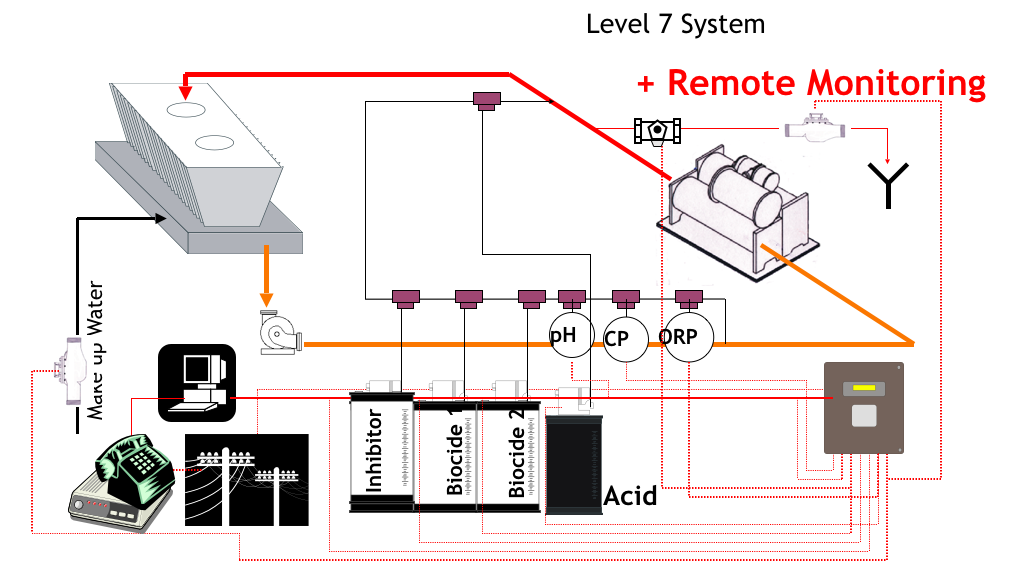
Chemtex: Here to Help You Navigate
With the endless combinations of technology, communication and metering capabilities available, choosing the correct model for your facility can be a daunting task. Your Chemtex representative is here to help, and will work with you to determine the best practices for your system.
Cooling tower controllers are largely non-proprietary, and Chemtex works with multiple vendors and multiple brands in the industry so we can offer expert assistance for almost any system we come across. If you have a question about your current system or would like to look at options to upgrade, please contact your local Chemtex rep.
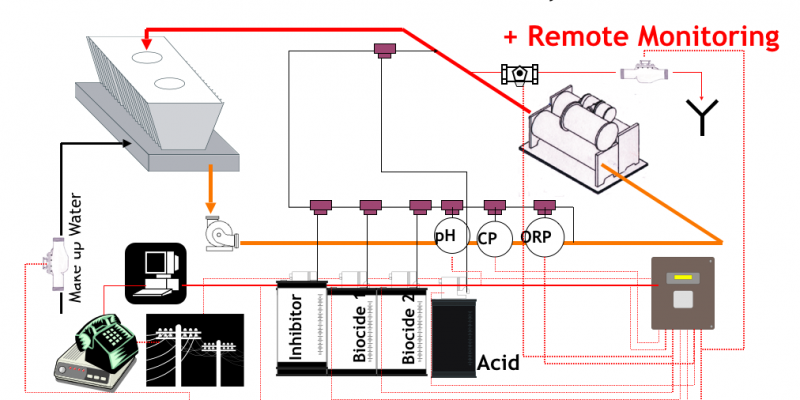

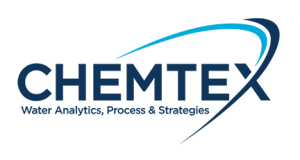
/NQA-ISO-9001-Logo-ANAB.jpg)